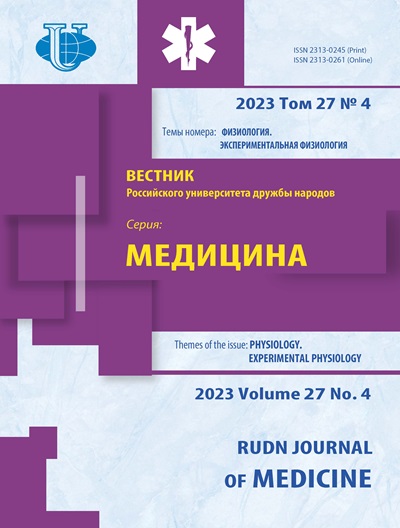Abstract
Relevance. Recruitment of patients and its compliance with the clinical trial protocol is one of the main goals of conducting a feasibility study before starting any clinical trial. Study feasibility is a must before starting any international multicentre clinical trial, and one of the main goals of feasibility is to find clinical centers with a suitable pool of patients for their subsequent selection and prediction of patient recruitment according to protocol requirements. Well-conducted fitness is clinical centers that recruit eligible patients in compliance with the protocol framework and the recruitment numbers proposed by the centers. After conducting fability, the patient recruitment prediction coincides with the protocol patient recruitment prediction. However, more than half of international multicenter clinical trials fail due to unsuccessful patient recruitment. A widely used method in the study of feasibility is a questionnaire and the reasons for subsequent failures in a clinical trial can be both an underestimation of the information provided in the questionnaires, and the lack of appropriate parameters and indicators, and, as a result, the selection of inappropriate clinical centers. Exposure to the subjectivity of opinion in the selection of sites also leads to poor selection of sites and, therefore, relevance in an objective and independent assessment remains. The aim of the study was to analyze the set of patients in selected clinical trials, identify set-related parameters and measures, and find a statistically significant relationship with a successful set of analyzed parameters and measures. Materials and Methods: A retrospective analysis of 4 international multicenter clinical trials of II-III phases was carried out for the recruitment of patients. The selection criterion is a successful recruitment of patients. Statistical analysis: descriptive statistics, multivariate analysis, correlation analysis. Results and Discussion. Parameters and indicators were found that showed a strong statistical correlation with successful recruitment of patients in clinical centers. As a result of the study, conclusions were drawn about the need to expand the use of parameters and the ratio of parameters: instead of indicators of one parameter - the expected set of patients before inclusion in the mandatory assessment of sites is a calculated parameter, it is also necessary to additionally take into account the following parameters: type of site and initial response time in days. Conclusions. Using the proposed parameters and metrics will reduce the likelihood of failure in patient recruitment. These parameters will make it possible to evaluate clinical centers with a prediction of the number of patients and to select more qualitative clinical centers.
















